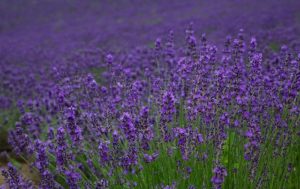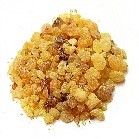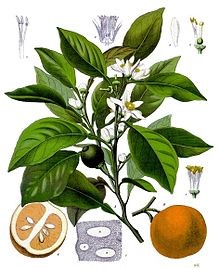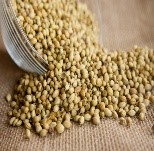Aromatherapy involves the use of plant substances, known as essential oils that are extracted from aromatic plants. Aromatic plants contain significant amounts of ‘volatile oil’ which gives each of them their distinctive fragrance. They occur widely in the plant kingdom, not only in the flower, leaves and fruit but also in the roots, stems and in other parts of the plant. Each plant essence is extracted from a single botanical source through a number of possible methods, the most common being steam distillation and cold expression. The more oil glands or ducts present in the plant, the higher the yield thus the less expensive the cost of the oil. Essential oils can be found in specialised secretary structures, either on the surface of the plant or within the plant tissue. Many factors can affect the quality of the essential oil for example, soil type, climate and use of fertilisers and other chemicals, harvesting times, type and age of the leaf. Most essential oils and aromatic extracts are destined for the flavour and fragrance industry, aromatherapy is only a tiny part of the vast industry.
Each essential oil has unique therapeutic properties that can be used into stimulate physical processes such as elimination, circulation, digestion or to ease muscular tension, aches, pains, etc. Today the essential oil industry is huge, and a wide body of knowledge concerning the physical, chemical and biological nature of essential oils has been accumulated. However, modern uses of aromatic plants remain very similar to those of older cultures.
Roots anchor the plant to the ground, water and nutrients enter the plant via its root system. Typically, essential oils obtained from roots tend to have grounding, nurturing and warming qualities. Ginger, spikenard and vetiver are essential oils obtained from the roots.
Essential oils from stems and leaves
The stems and leaves are the aerial parts of the plant – the very obvious dynamic living part of the plant. Essential oils obtained from the leaves often have an affinity with the respiratory system. Eucalyptus, Sweet Marjoram, Melissa and Cypress are obtained from the stems and leaves.
Essential oils from grasses
These essential oils are antimicrobial and are supportive of the immune system. The can also strengthen our physiological balance by imparting emotional support. Their aromas are comforting and relieve anxiety. Lemongrass, Palmarose are obtained from grasses.
These essential oils have an affinity with the respiratory system and tend to help the individual find balance and equilibrium – they are good aids for meditation. Sandalwood, Cedar Atlas are obtained from woods.
Some woody plants produce aromatic resins and gums, which have been used in incenses in perfumery and as astringents for thousands of years. Similar to woody oils they are well suited in times of seeking inner peace along with meditation. Benzoin & Frankincense are obtained from
Not all flowers contain enough oil to make extraction a viable process and they are the most expensive to buy. At times of emotional shock flower oils can bring comfort and help allay anxieties, such as poor self-image, shyness and lack of confidence. Essential oils of flowers are: Jasmin, Neroli & Rose.
Essential oils from fruits and seeds
The peel from citrus fruits contains fairly large amounts of oils. Fruit and seed oils have an affinity to the digestive system on a physical and mental level. All citrus oils have a refreshing odour that will impart happy feelings and are useful detoxifiers. Spicy oils have stimulating, revitalising and strengthening effects. Lemon, Orange, Grapefruit are obtained from citrus fruits and Cardamom, Coriander and Fennel from spices.
I hope you have enjoyed this blog. Next blog is on how essential oils are absorbed in the body.
Take care
Linda
#NovosenseAromatherapyMassageCaversham#












